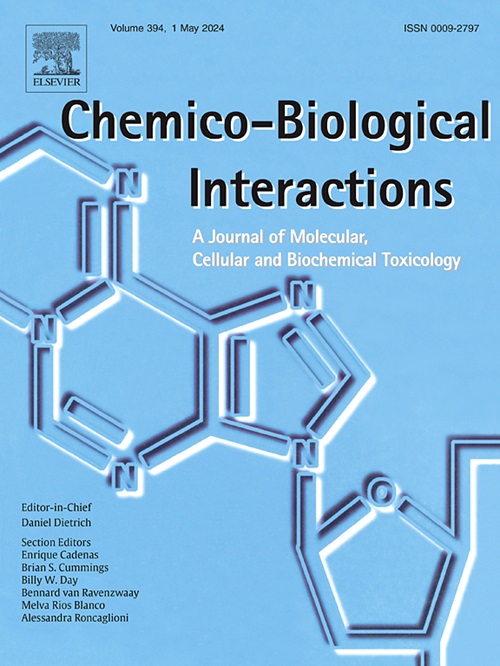Antiallodynic and antihyperalgesic effects of decursin associated with correcting mitochondrial dysfunction and oxidative stress in type 1 diabetic mice
IF 4.7
2区 医学
Q1 BIOCHEMISTRY & MOLECULAR BIOLOGY
引用次数: 0
Abstract
A substantial proportion of diabetic patients suffer a debilitating and persistent pain state, known as peripheral painful neuropathy that necessitates improved therapy or antidote. Decursin, a major active ingredient from Angelica gigas Nakai, has been reported to possess antidepressant activity in preclinical studies. As antidepressants have been typically used as standard agents against persistent neuropathic pain, this study aimed to probe the effect of decursin on neuropathic pain associated with streptozotocin-induced type 1 diabetes in male C57BL6J mice. The Hargreaves test and the von Frey test were used to assess pain-like behaviors, shown as heat hyperalgesia and mechanical allodynia respectively. Chronic treatment of diabetic mice with decursin not only ameliorated the established symptoms of heat hyperalgesia and mechanical allodynia, but also arrested the development of these pain states given preemptively at low doses. Although decursin treatment hardly impacted on metabolic disturbance in diabetic mice, it ameliorated exacerbated oxidative stress in pain-associated tissues, improved mitochondrial bioenergetics in dorsal root ganglion neurons, and restored nerve conduction velocity and blood flow in sciatic nerves. Notably, the analgesic actions of decursin were modified by pharmacologically manipulating redox status and mitochondrial bioenergetics. These findings unveil the analgesic activity of decursin, an effect that is causally associated with its bioenergetics-enhancing and antioxidant effects, in mice with type 1 diabetes.
与纠正 1 型糖尿病小鼠线粒体功能障碍和氧化应激有关的蜕皮素抗镇痛和抗过敏作用。
相当一部分糖尿病患者会出现衰弱和持续性疼痛状态,即所谓的周围疼痛性神经病变,这就需要改进治疗或解毒剂。据报道,在临床前研究中,来自中居当归的一种主要活性成分 Decursin 具有抗抑郁活性。由于抗抑郁药通常被用作治疗持续性神经病理性疼痛的标准药物,本研究旨在探究蜕皮素对雄性 C57BL6J 小鼠链脲佐菌素诱导的 1 型糖尿病相关神经病理性疼痛的影响。哈格里夫斯试验和 von Frey 试验用于评估类似疼痛的行为,分别表现为热痛和机械异感。用脱落素对糖尿病小鼠进行慢性治疗,不仅能改善热痛和机械异感的既有症状,而且还能在低剂量时预先阻止这些疼痛状态的发展。虽然去甲熊果素几乎不会影响糖尿病小鼠的代谢紊乱,但它能改善疼痛相关组织中加剧的氧化应激,改善背根神经节神经元的线粒体生物能,并恢复坐骨神经的神经传导速度和血流量。值得注意的是,通过药理操纵氧化还原状态和线粒体生物能,可以改变脱落素的镇痛作用。这些研究结果揭示了脱落素对1型糖尿病小鼠的镇痛作用,这种作用与脱落素的生物能增强和抗氧化作用有因果关系。
本文章由计算机程序翻译,如有差异,请以英文原文为准。
求助全文
约1分钟内获得全文
求助全文
来源期刊
CiteScore
7.70
自引率
3.90%
发文量
410
审稿时长
36 days
期刊介绍:
Chemico-Biological Interactions publishes research reports and review articles that examine the molecular, cellular, and/or biochemical basis of toxicologically relevant outcomes. Special emphasis is placed on toxicological mechanisms associated with interactions between chemicals and biological systems. Outcomes may include all traditional endpoints caused by synthetic or naturally occurring chemicals, both in vivo and in vitro. Endpoints of interest include, but are not limited to carcinogenesis, mutagenesis, respiratory toxicology, neurotoxicology, reproductive and developmental toxicology, and immunotoxicology.

 求助内容:
求助内容: 应助结果提醒方式:
应助结果提醒方式:


